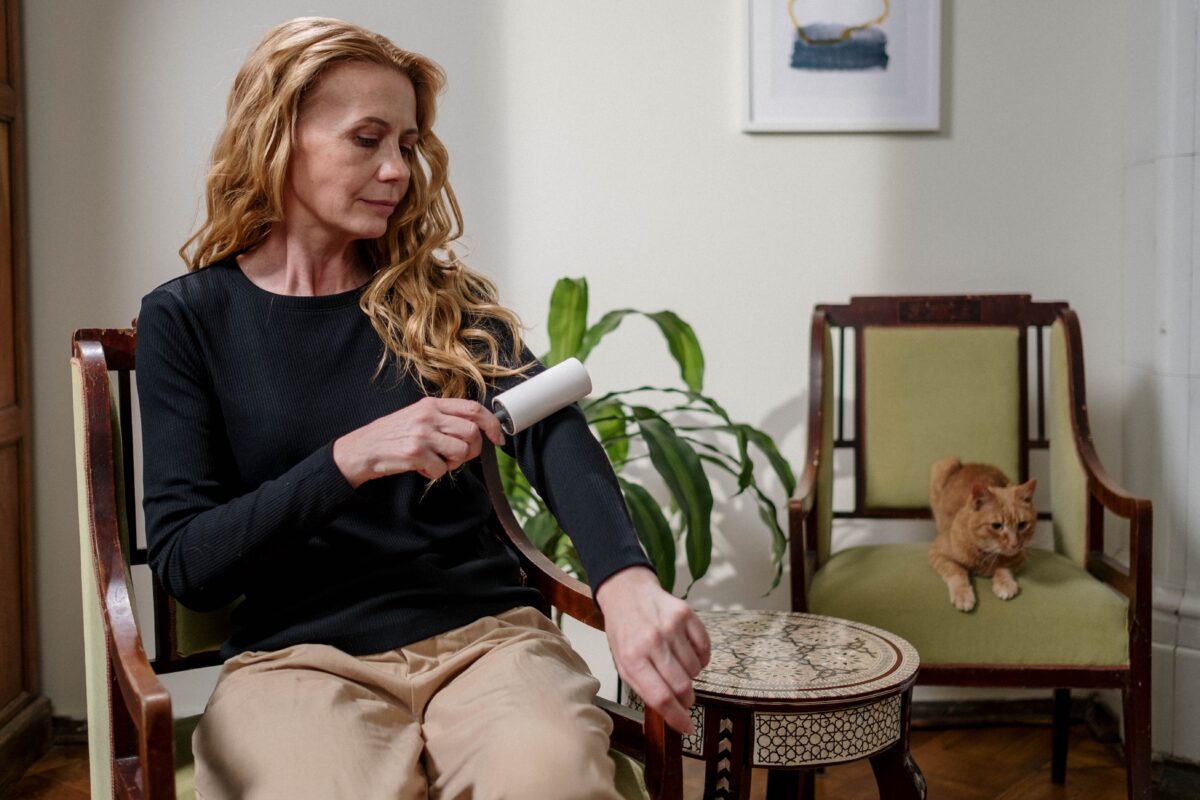Introduction
Pet allergies are on the rise, with around 30% of people being allergic to cats and dogs. For pet lovers, dealing with allergy symptoms like sneezing, coughing, and itchy eyes can be frustrating. But there are ways to manage allergies and still enjoy furry companions. This article explores the causes, symptoms, diagnosis, and most importantly – effective strategies – for controlling pet allergies and creating a sneezing-free home.
What Causes Pet Allergies?
Pet allergies are caused by proteins found in animal dander, saliva, urine, and skin flakes. Common culprits include:
- Cat dander and saliva
- Dog dander, saliva, urine, and blood
- Proteins from small mammals like rabbits, hamsters, and guinea pigs
- Feathers and droppings from birds
When inhaled, these proteins trigger an immune response, releasing histamine and other chemicals that cause allergy symptoms. People aren’t actually allergic to pet fur itself, but rather the allergens clinging to it.
Common Symptoms of Pet Allergies
Allergy symptoms usually develop within minutes or hours of exposure to an allergen. Common symptoms include:
- Sneezing, coughing
- Runny or stuffy nose
- Itchy, red, and watery eyes
- Itchy skin, hives, eczema
- Wheezing and shortness of breath
- Chest tightness
- Sinus pressure and headaches
Symptoms can range from mild to severe. Some people even develop asthma-like symptoms when exposed to pet allergens.
Diagnosing Pet Allergies
To diagnose pet allergies, allergists use:
- Skin prick testing – Small amounts of allergen extracts are pricked onto the skin to check for a reaction.
- Blood tests – Blood is analyzed for IgE antibodies to pet dander.
- Challenge testing – Patients are exposed to pet allergens in a clinical setting.
Patch testing can also help identify whether reactions are caused by dander versus saliva or urine. This helps guide treatment approaches.
Effective Strategies for Controlling Pet Allergies
While completely eliminating exposure is unrealistic for most, there are effective ways to manage pet allergies. Here are sneezing-free strategies to try:
Keep Pets Out of Private Spaces
- Keep pets out of bedrooms – This is the most important step, as bedding traps allergens.
- Restrict access to other rooms like living rooms or home offices. Use baby gates.
- Ban pets from furniture – Allergens collect in upholstery.
Control Allergens
- Brush pets daily – Brushing removes dander before it spreads. Do this outdoors if possible.
- Bathe pets weekly – Bathing washes away saliva and dander from skin.
- Vacuum often – Use HEPA filters to remove allergens from carpets, drapes, and furniture.
- Clean frequently – Wipe down surfaces with a damp cloth. Steam mops also help.
- Use air purifiers – HEPA filters capture dander, pollen, and other irritants.
Protect Yourself
- Wash hands after contact with pets.
- Change clothes after cuddling pets to avoid transferring allergens.
- Try over-the-counter medications – Antihistamines, decongestants, and nasal sprays can help control symptoms.
- Get allergy shots – Immunotherapy builds tolerance to specific allergens over time.
Create Allergen Barriers
- Use washable covers on pillows, mattresses, and box springs.
- Swap carpeting for hard floors – Hardwood, tile, and vinyl resist allergens.
- Remove fabric curtains and blinds – Choose wood blinds and washable drapes instead.
Summary of Pet Allergy Control Measures
| Category | Tips |
|---|---|
| Limit Exposure | – Keep pets out of bedrooms – Restrict access to other private rooms – Don’t allow pets on furniture |
| Control Allergens | – Brush pets daily outdoors – Bathe pets weekly – Vacuum and clean frequently – Use HEPA air purifiers |
| Protect Yourself | – Wash hands after contact – Change clothes after cuddling pets – Take allergy medications |
| Create Barriers | – Use washable covers on bedding – Install hard flooring instead of carpets – Remove fabric window treatments |
With some preparation and diligence, those with pet allergies can successfully live with and enjoy their furry friends allergy-free! Consult an allergist to develop a personalized treatment and management plan. With the right strategies, your home can be sneezing-free.
Frequently Asked Questions About Pet Allergies
What are the most common pet allergy symptoms?
The most common symptoms of pet allergies include sneezing, runny nose, watery eyes, nasal congestion, coughing, wheezing, chest tightness, itchy skin, hives, and rash. Symptoms can range from mild to severe depending on the individual.
What pets cause the most allergies?
Cats and dogs are the biggest culprits for pet allergies. This is because they produce dander, saliva, and urine that contain allergy-causing proteins. But all furry pets can cause issues, including rodents, rabbits, birds, and horses.
Is there such a thing as a hypoallergenic pet?
There is no truly hypoallergenic pet. But some breeds and species tend to produce less dander and be better tolerated by allergy sufferers. Options to consider include poodles, Portuguese Water Dogs, soft-coated Wheaten Terriers, and Siberian cats.
What’s the best way to manage pet allergies at home?
The most effective strategy is keeping pets out of bedrooms and limiting access to other private spaces in the home. Other tips include bathing pets weekly, vacuuming and washing bedding frequently, using air purifiers, and taking medication to control symptoms.
Will allergy shots help with pet allergies?
Allergy shots work by gradually exposing the immune system to small amounts of allergens. This can build tolerance over time. Shots are effective for environmental allergies and can help some people better tolerate pets.
What kind of doctor diagnoses pet allergies?
An allergist can use skin prick testing, blood tests, and controlled allergen exposure to definitively diagnose pet allergies. Primary care doctors can also evaluate symptoms and refer patients to an allergist for testing as needed.
Can pet allergies develop later in life?
Yes, some people develop new pet allergies as adults, even after having pets their whole life without issues. Allergies can form at any age due to changes in the immune system over time.
What’s the best pet for someone with allergies?
Reptiles like turtles and snakes, fish, or hypoallergenic dog breeds produce less allergen. But any pet can cause issues, so the best option is choosing companions that require less close contact.
Can air purifiers eliminate pet allergens at home?
HEPA air purifiers are effective at capturing pet dander and other allergens. But they can’t completely eliminate allergens, so additional precautions are still needed. Air purifiers work best alongside other allergen control measures.
How can I make my home more allergy-friendly?
Tips for an allergy-friendly home include using washable covers on bedding, installing hard flooring instead of carpets, washing fabrics regularly, using wood blinds instead of curtains, and cleaning surfaces frequently with a damp cloth or steam mop.


